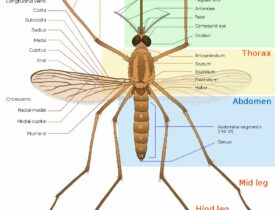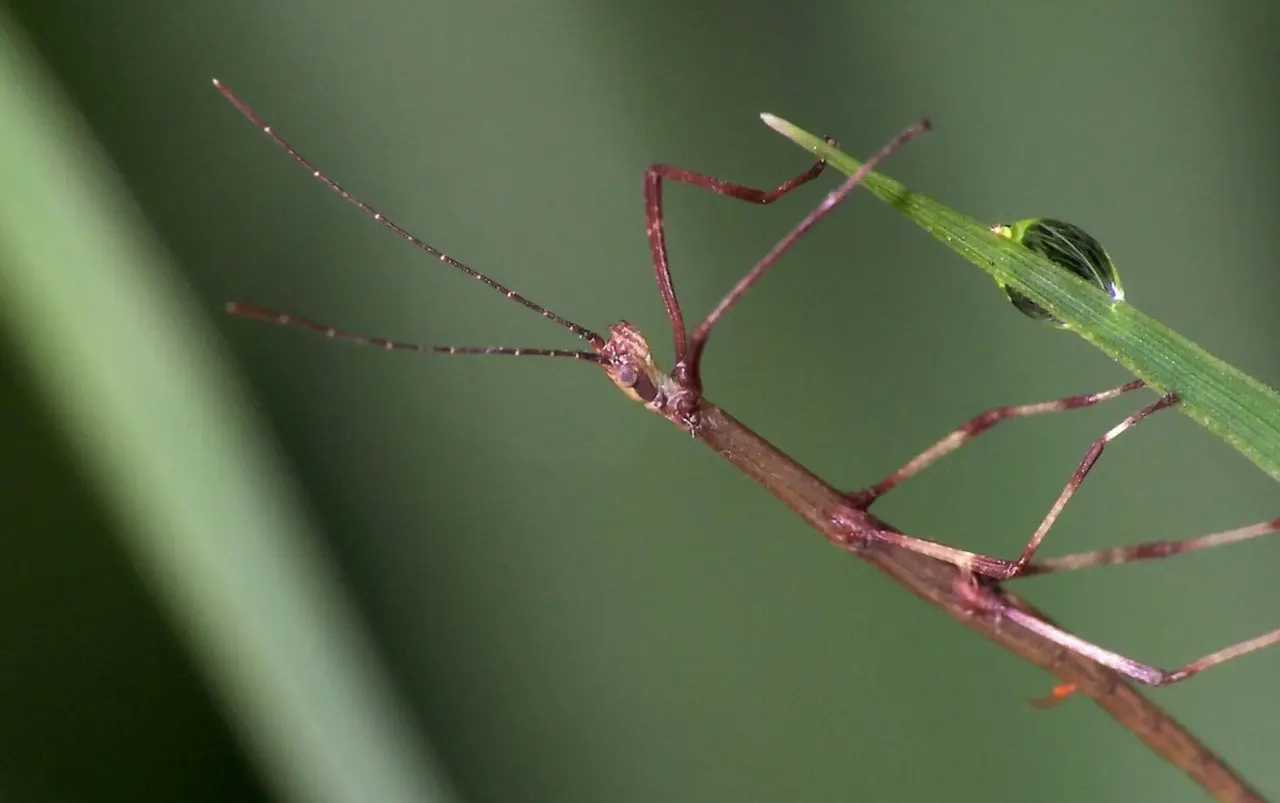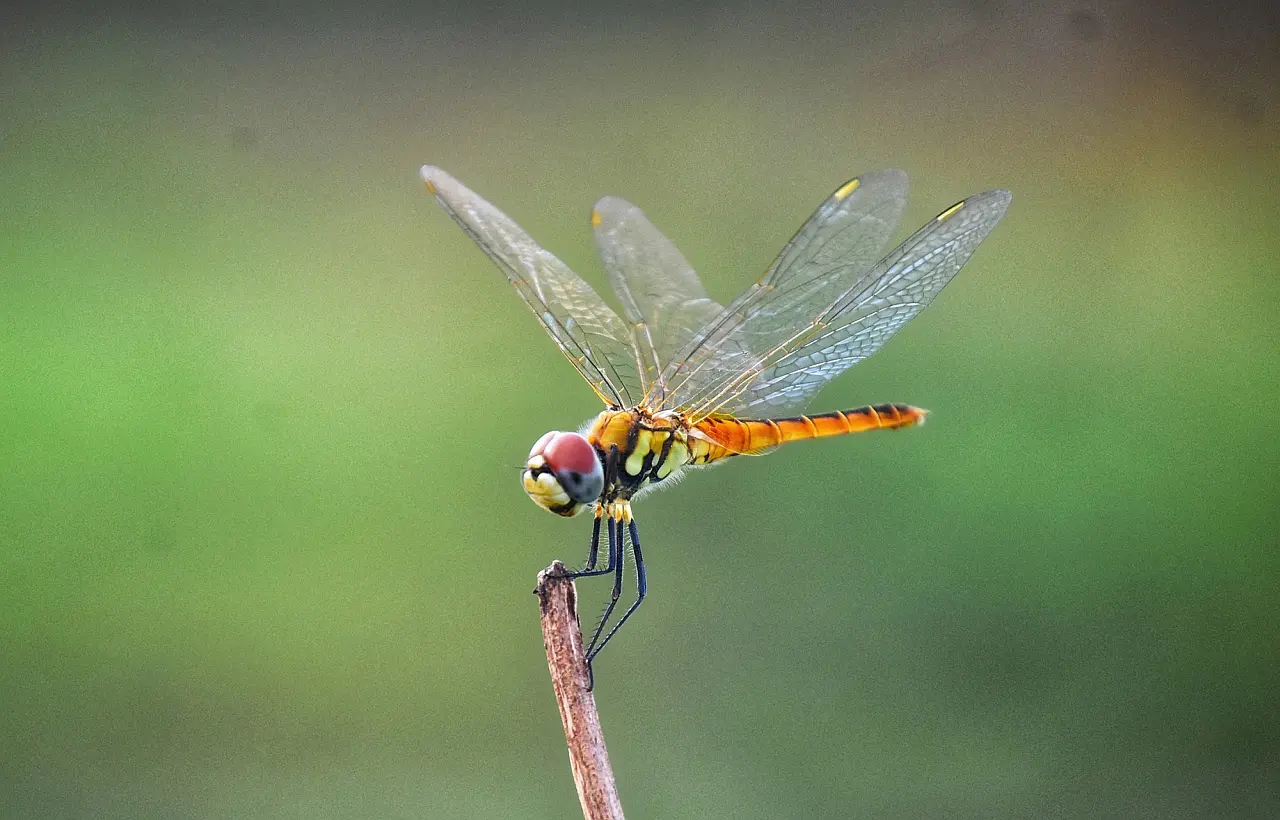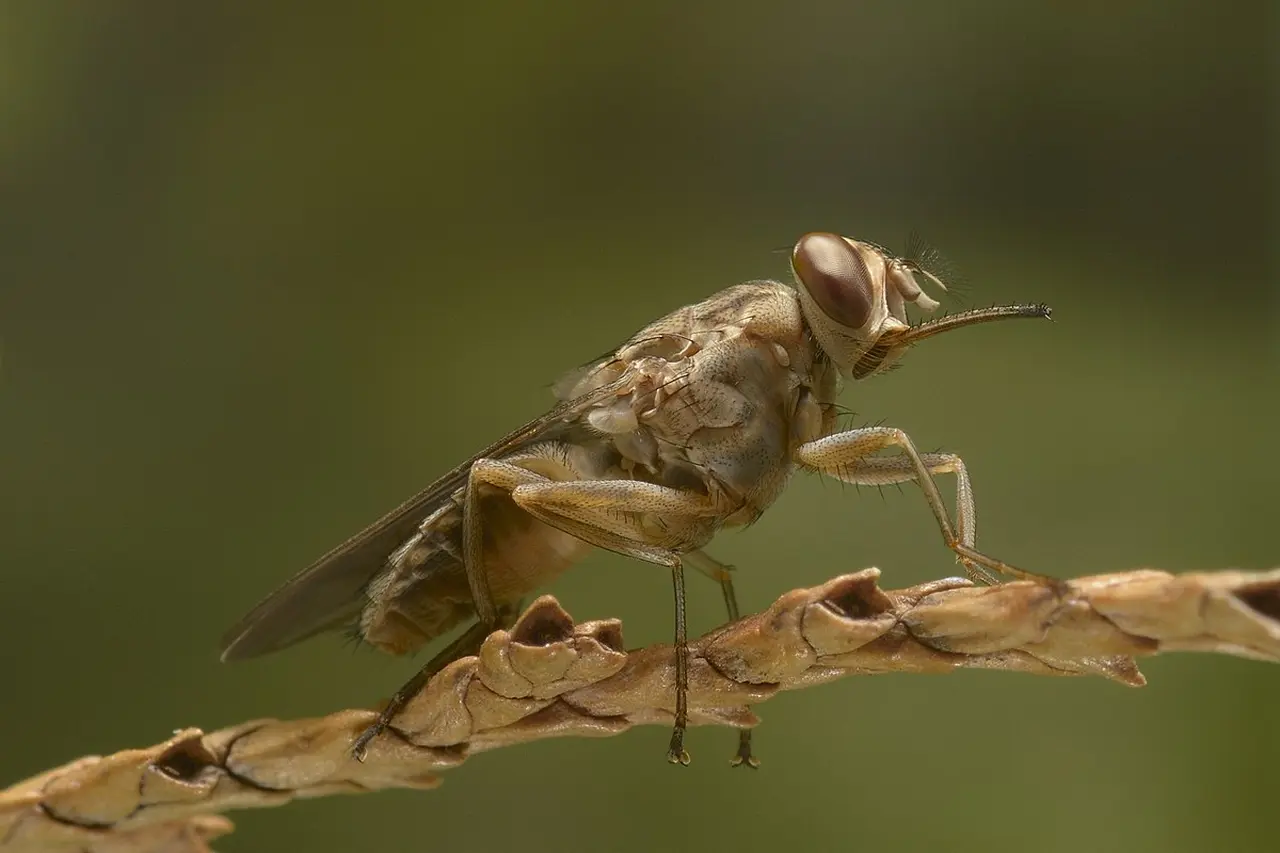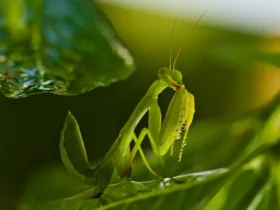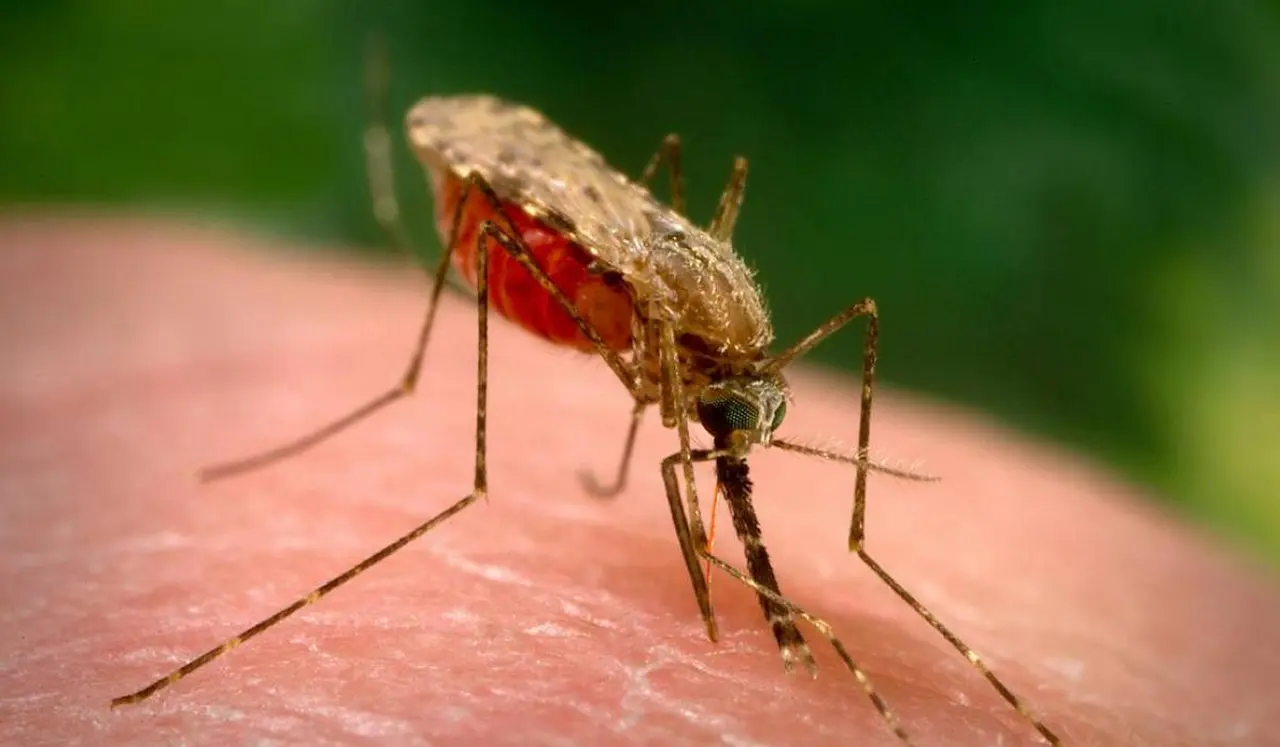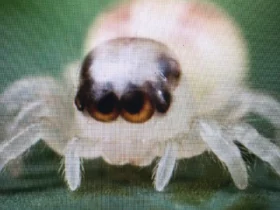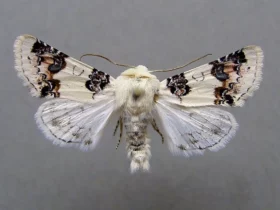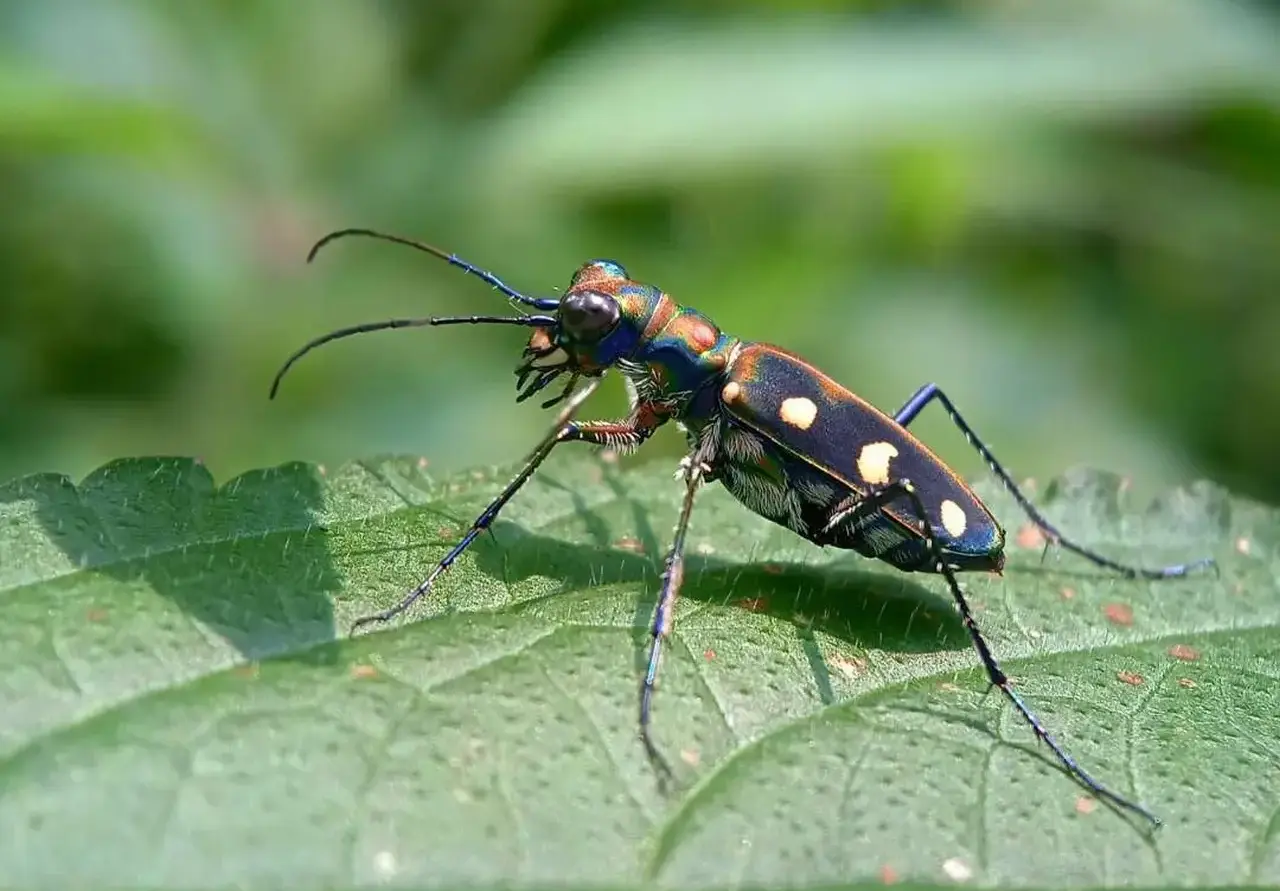Fairyfly Wasp is one of the smallest insect species in the world, a diminutive and enigmatic insect that belongs to the family Mymaridae. With their delicate appearance, impressive diversity, and fascinating lifestyles, these minuscule wasps have a story to tell. Join us on an exploration of the enchanting world of Fairyfly Wasps, uncovering their characteristics, remarkable behaviors, and ecological significance.
Unveiling the World’s Smallest Wasp
The Fairyfly Wasp is widely regarded as the smallest known insect on Earth. With an average length of just 0.2 to 0.5 millimeters, these wasps are barely visible to the naked eye. Despite their diminutive size, they exhibit intricate and unique features that make them stand out in the insect realm. Their delicate wings, slender bodies, and elongated antennae contribute to their ethereal appearance, earning them the whimsical name of “Fairyfly.”
Incredible Diversity
The Fairyfly Wasp family, Mymaridae, encompasses more than 1,400 known species worldwide. These tiny wasps exhibit a remarkable range of colors, from metallic greens and blues to iridescent hues. Each species possesses its own distinct set of characteristics and adaptations, reflecting their evolution in diverse habitats across the globe. Their remarkable diversity and adaptations have captured the attention of taxonomists and entomologists, who continue to uncover new species and unravel their intricate relationships.
Lifestyles and Behaviors
Fairyfly Wasps lead fascinating lives, intricately linked with other insects and plants. Most species are parasitic, with females laying their eggs inside the eggs or larvae of other insects, such as beetles or flies. Once hatched, the Fairyfly larvae consume their host from within, eventually emerging as fully developed wasps. This parasitic lifestyle makes them valuable allies in biological pest control, as they help regulate populations of harmful insects.
Another remarkable aspect of Fairyfly Wasps is their exceptional ability to locate suitable host eggs or larvae. Despite their diminutive size and limited sensory apparatus, they possess a keen sense of smell and remarkable host-finding behavior. Some species can detect chemical cues released by host insects from significant distances, allowing them to precisely locate suitable targets for their parasitic lifestyle.
Ecological Importance
Although tiny in size, Fairyfly Wasps play an essential role in maintaining ecological balance. As parasitoids, they help control populations of insects that can be pests to crops, reducing the need for chemical pesticides. By regulating the populations of other insects, Fairyfly Wasps contribute to the overall health and stability of ecosystems.
Conservation and Study
Given their small size and inconspicuous nature, studying and conserving Fairyfly Wasps can be challenging. Many species remain undiscovered, and their ecological roles and importance are not fully understood. Preservation of their habitats, including wetlands, forests, and grasslands, is crucial to ensure the survival of these delicate creatures. By protecting the ecosystems they inhabit, we can safeguard the intricate web of life that Fairyfly Wasps are a part of.
